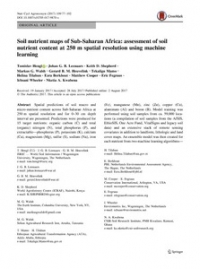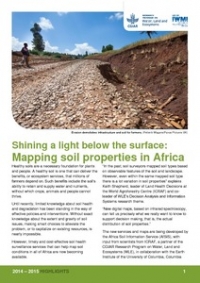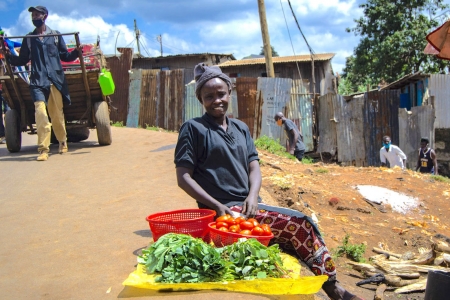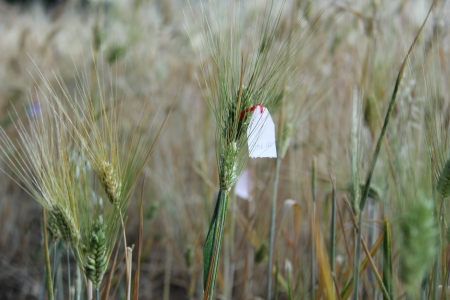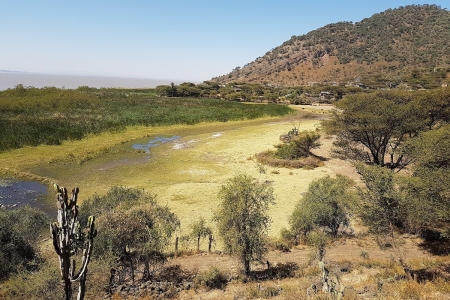Sub-Saharan Africa has more than 50 percent of the world’s potential for land cultivation. Yet, most of this land is in poor condition and unable to satisfy the needs of agricultural production. As the population increases so too will the demand for soil nutrient rich land to meet the needs of food production. This growing need for land retoration is also paralleled by a need for agricultural and ecological data in Africa.
The Africa Soil Information Services project helps meet these needs with a gridded Soil Information System of Africa at 250 m resolution, which shows the spatial distribution of primary soil properties (including depth to bedrock, soil particle size fractures (texture), pH, content s of coarse fragments, organic carbon and exchangeable cations such as CA, Mg, Na, K and Al).
The maps are based off of a compilation of soil profile data, collected from soil surveys in SSA, using AfSIS data, baseline datasets on land health in Cameroon, Chad, and Ethiopia, soil-plant analysis data on multi-location maize trials in Kenya and a report on piloting soil fertility evaluation in Uganda and Ethiopia. The soil nutrients data set provides both a useful tool for researchers interested in the role that soil nutrients play in ecological, agricultural and social outcomes in Sub-Saharan Africa, as well as a general estimate of soil nutrient stocks at a time when the continent is facing significant climate and land-use change. Due to the detailed resolution of the maps, it is possible to identify regional areas that are nutrient deficient, adequate or in excess and then pair these areas with specific agronomic interventions in order to achieve crop thresholds.
The maps and their spatial distribution can be applied further in a variety of ways such as the creation of general estimates of total nutrient content (which can help recognize and measure human-induced and natural changes to nutrient content). The maps can also be used to derive higher level data products such as nutrient mass balance maps. Overall, these soil nutrient maps can aid in evidence based decision making for land restoration, agricultural intensification and investments.
The gridded maps produced in this work are available under the Open Data Base licenses and can be downloaded from https://data.isric.org, via this map link. And the geotifs can be downloaded here.


